
DWDM networks comprise various types of nodes, each performing distinct functions that collectively form a complete optical transmission network:
Optical Terminal Multiplexing Station (OTM):
As the terminal node of a DWDM network, the OTM is responsible for terminating all wavelengths and adding/dropping services. Wavelengths for local add/drop at this station are delivered via OTUs to SDH, ATM, or IP equipment. The basic configuration of an OTM station includes Wavelength Conversion Units (OTUs), Optical Amplifier Units (OAUs/OBUs), Dispersion Compensation Units (DCMs/DCUs), Supervisory Units (ST2/SC1/SC2), and Fiber Line Interface Units (FIUs/SFIUs). At the OTM site, signals from various client equipment are converted by OTUs into specific wavelength optical signals compliant with the G.692 standard. These are then combined by a multiplexer, amplified by optical amplifiers, and launched into the fiber for transmission.
Optical Line Amplification Station (OLA):
In long-distance transmission, optical signals attenuate over length. OLA stations are responsible for amplifying the optical power and compensating for dispersion of the optical signals, without electrically terminating or relaying individual wavelengths. The basic configuration of an OLA station includes Optical Supervisory Units (FIU+SC2/ST2), Optical Amplifier Units (OAs), and Dispersion Compensation Units (DCM/DCU/FBG). These stations are typically placed at intervals of 80-100 kilometers to maintain signal quality and strength.
Optical Add-Drop Multiplexing Station (OADM):
OADM stations are key nodes in DWDM networks, used to flexibly add and drop specific wavelength services at intermediate sites. OADMs are divided into two types: Fixed Optical Add-Drop Multiplexing Stations (FOADMs) and Reconfigurable Optical Add-Drop Multiplexing Stations (ROADMs). FOADMs use fixed add/drop multiplexing components (such as MR2/MR4/MR8 boards) to add/drop specific wavelengths. In contrast, ROADMs utilize dynamic components like Wavelength Selective Switches (WSS) to enable flexible routing of any wavelength to any direction, significantly enhancing network flexibility and reconfigurability. The emergence of ROADM technology is a major milestone in the evolution of modern optical networks towards intelligence and softwarization.
Regenerator (REG) Station:
When transmission distances are extremely long, signal quality may degrade to a point requiring reshaping, even after optical amplification. REG stations specifically perform electrical-layer termination of wavelengths and regenerate, reshape, and retime (3R functions) the electrical signals. Through an optical-electrical-optical (O/E/O) conversion process, REG stations restore the signal to its original quality, albeit at a relatively higher cost.
Optical Equalization (OEQ) Station:
When there are more than 12 consecutive spans of optical amplification stations, an OEQ station is typically required. Its primary role is optical power equalization, ensuring the power levels of all wavelengths remain stable. OEQ stations are usually placed at intermediate span locations and use WSS boards or VOA units (e.g., M40V) to achieve the power equalization function.
 TEL:+86 158 1857 3751
TEL:+86 158 1857 3751 
















































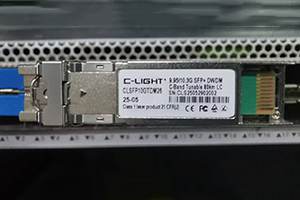

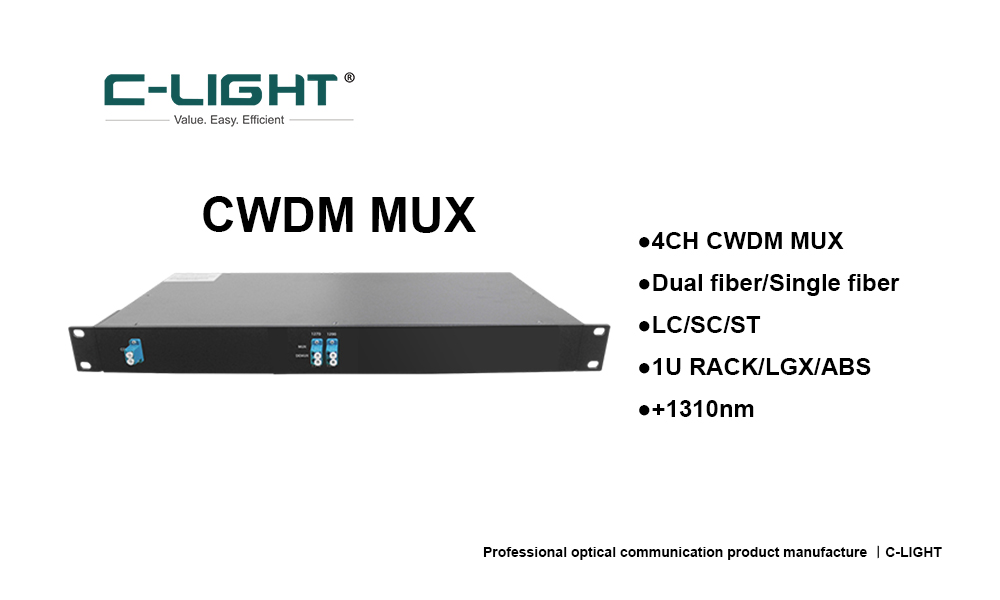
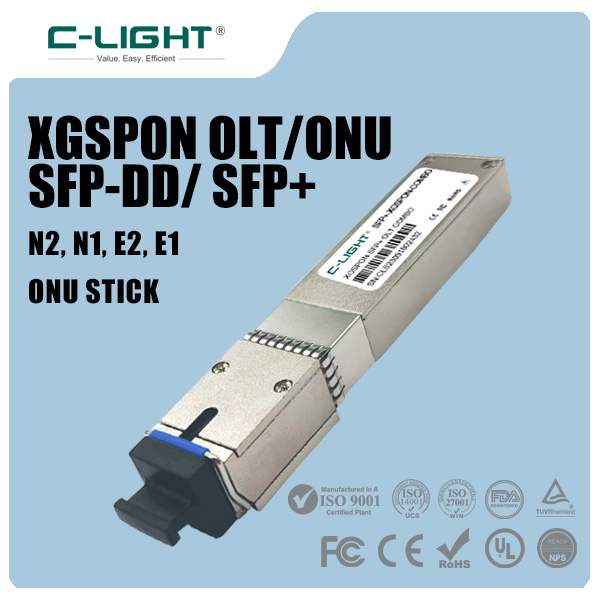



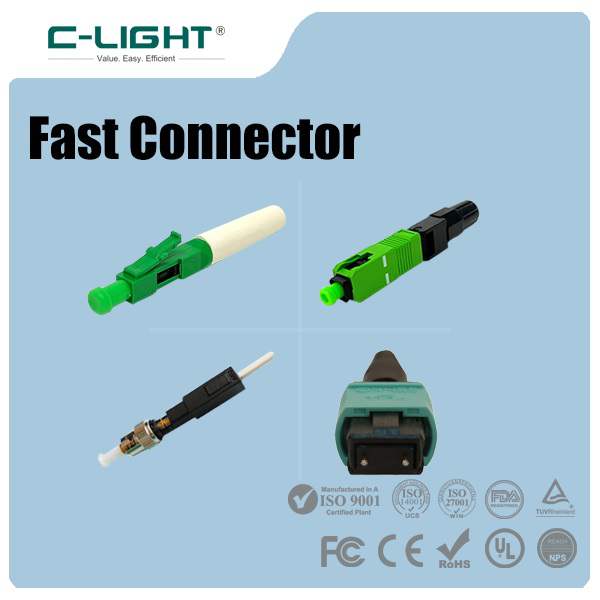 >
>
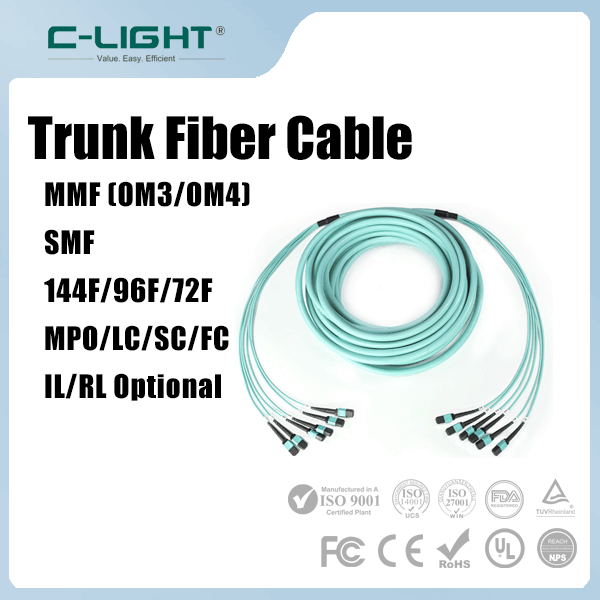 >
>
 >
>
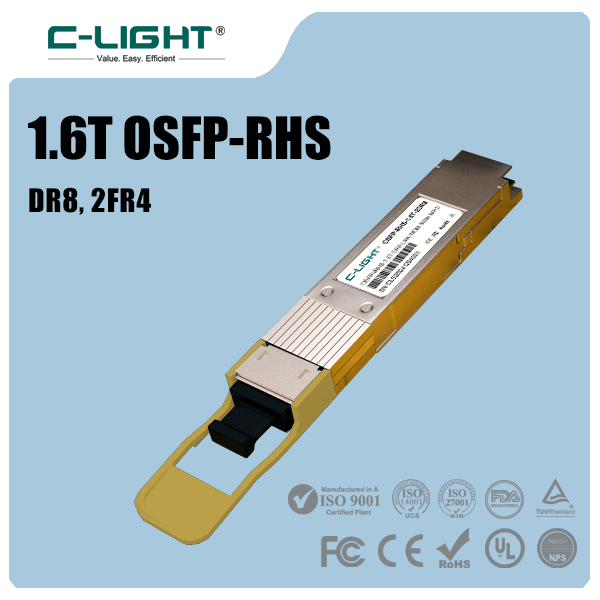 >
>
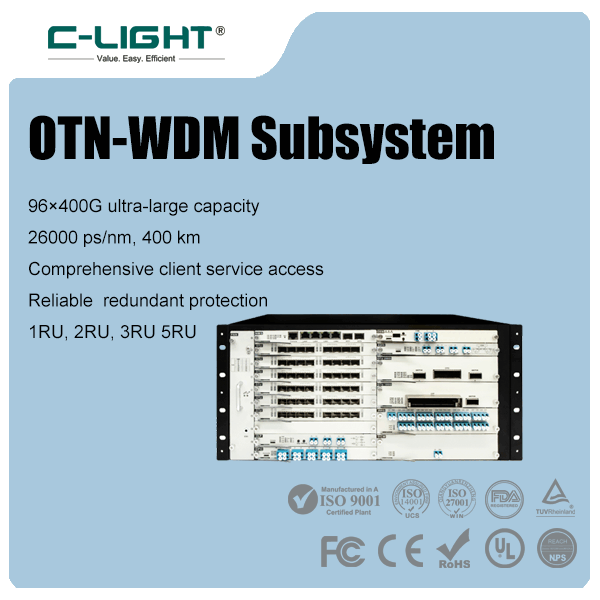 >
>
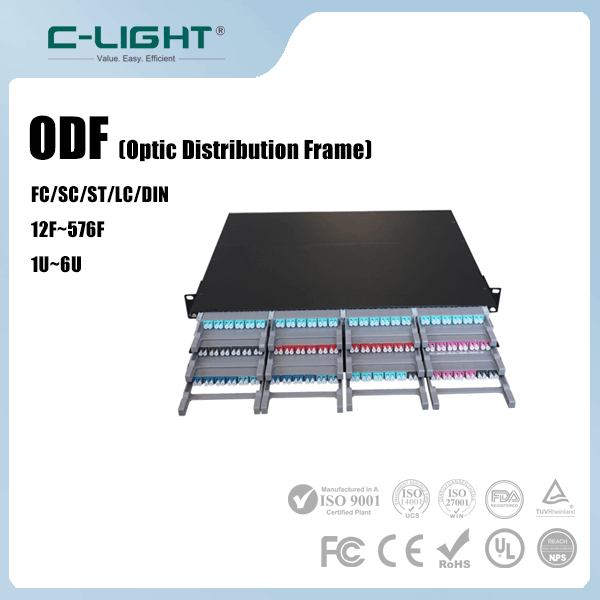 >
>
